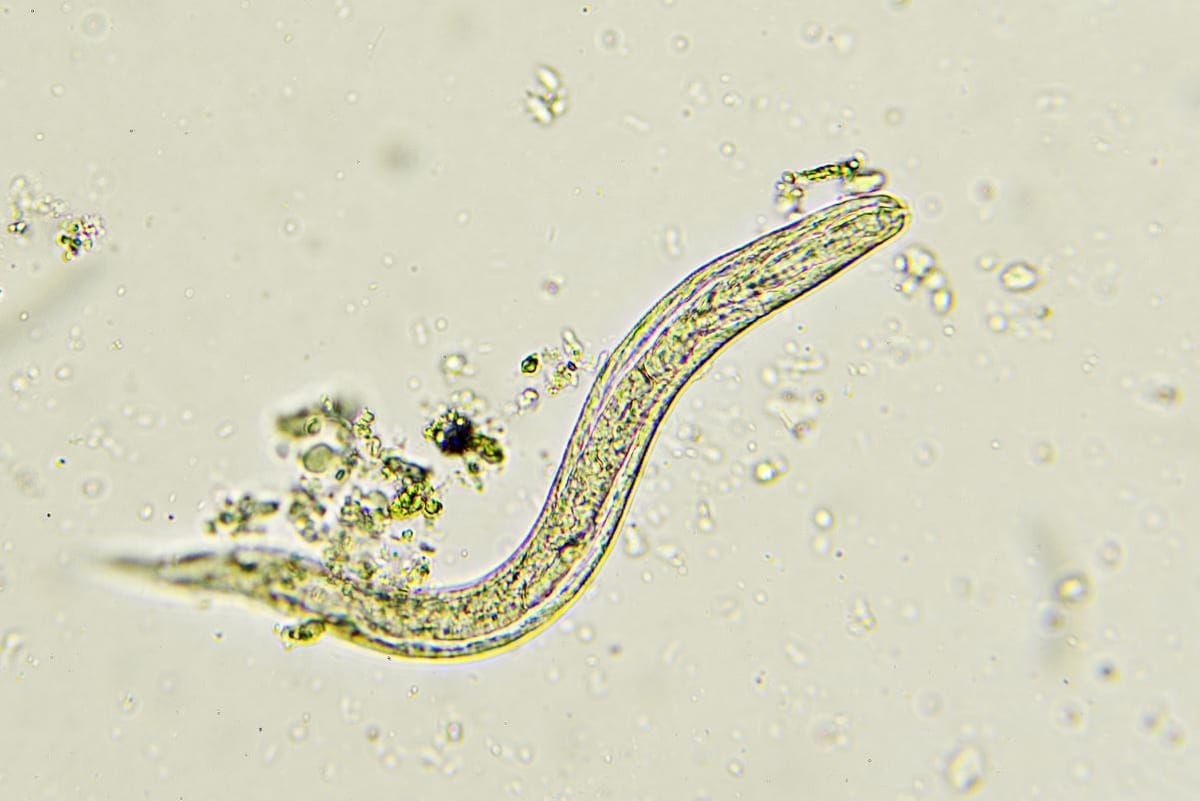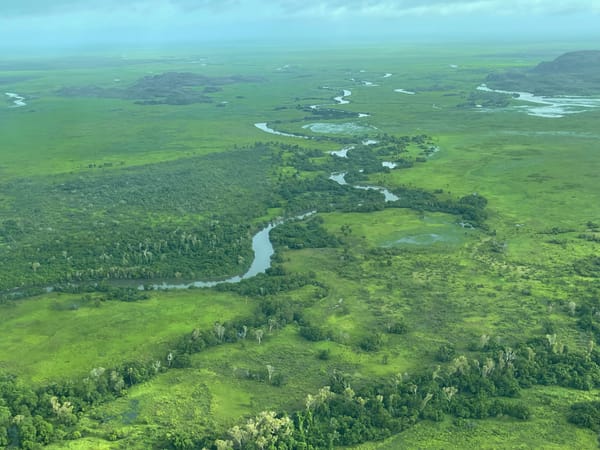Bid to stamp out parasitic disease
Stongyloidiasis – a poorly understood parasitic worm disease common in remote Australian communities and some returned travellers, refugees or asylum seekers – is finally gaining attention on the national research arena.

First published by Flinders University
Stongyloidiasis – a poorly understood parasitic worm disease common in remote Australian communities and some returned travellers, refugees or asylum seekers – is finally gaining attention on the national research arena.
Australian First Nations communities have one of the highest rates of strongyloidiasis in the world, says Flinders University environmental health expert Professor Kirstin Ross in a new Royal Society article.
The gastrointestinal infection caused by a parasitic worm or nematode, Strongyloides stercoralis, causes a range of symptoms including “wasting, nutritional deficiencies and failure to thrive in kids, and can be fatal if infected people become immunocompromised or undergo steroid treatment”, she says.
“The disease is not seen in mainstream Australia, but is very common in Indigenous communities,” says Professor Ross, who is part of a new $5 million Australian Government National Health and Medical Research Council (NHMRC) Synergy Grant project to tackle the problem.
“This disease is transmitted when plumbing or other environmental health hardware components are failing.
“Non-overseas acquired cases are seen almost exclusively in Australian remote communities, where poorly constructed and/or poorly maintained toilets, laundries, wastewater systems or inadequate rubbish collection creates poor sanitation and possible contact with contaminated soil or faeces.”
Professor Ross says adequate funding is vital to address strongyloidiasis transmission and prevalence – including giving remote communities control over housing design, construction and maintenance, as well as funding allocation, governance and training opportunities.
“Additionally, making strongyloidiasis a notifiable disease, together with using cases as a prompt for action, will help to eliminate this disease.”
The Philosophical Transactions B article says that although considered strongyloidiasis a tropical disease, we have argued “elsewhere it is better described as a disease of disadvantage”.
“It is an indictment on successive governments that we still see cases of strongyloidiasis in Australia.”
More than a billion people worldwide carry parasitic nematode worms in their intestines, with Strongyloides stercoralis estimated to be present in more than 600 million people. Although infections with these worms are fairly well tolerated most of the time, they can take a deadly turn in people with a weakened immune system.
The article, ‘Locally acquired strongyloidiasis in remote Australia: why are there still cases?’ (2023) by Kirstin Ross has been published in the Royal Society publication Philosophical Transactions B. DOI: 10.1098/rstb.2022.0435.
More information about the QIMR Berghofer mission to eliminate the disease can be found here.
Acknowledgements: This work is based on the research outcomes from Flinders University, including studies by Meruyert Beknazarova, Mae White, Colleen Doyle, Kirstin Ross and Strongyloides Australia. This research received no funding from any source.
Also see The Conversation: Strongyloidiasis is a deadly worm infecting many Australians yet hardly anybody has heard of it




